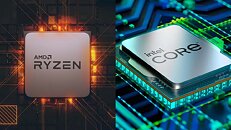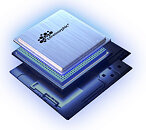Supermicro Announces Global Availability of Intelligent Edge Systems featuring Intel Xeon D Processors
Super Micro Computer, Inc., a global leader in enterprise computing, storage, networking, and green computing technology, is announcing the global availability of a wide range of systems for edge computing, including the recently announced SuperEdge and a range of Intel Xeon D processor-based systems, with up to 20 cores, 25 GbE networking built-in, and a temperature operating range from -40° C to 85° C. These systems are optimized for the Intelligent Edge, where responsive systems that reduce latency are required. In addition, locating powerful AI systems closer to where data is generated reduces network traffic and lowers response time.
"We are pleased to be able to deliver our high-volume optimized edge systems worldwide due to our expanded factories and capacity," said Charles Liang, president, and CEO of Supermicro. "Our latest systems are designed for harsh conditions with the highest performing CPUs and GPUs that are available. Supermicro has the unique ability to quickly deliver industry-optimized solutions from the edge to the data center by using our Building Block Solution approach. We are also committed to lessening our servers' carbon footprint, resulting in fewer emissions and a greener planet."
"We are pleased to be able to deliver our high-volume optimized edge systems worldwide due to our expanded factories and capacity," said Charles Liang, president, and CEO of Supermicro. "Our latest systems are designed for harsh conditions with the highest performing CPUs and GPUs that are available. Supermicro has the unique ability to quickly deliver industry-optimized solutions from the edge to the data center by using our Building Block Solution approach. We are also committed to lessening our servers' carbon footprint, resulting in fewer emissions and a greener planet."



















































